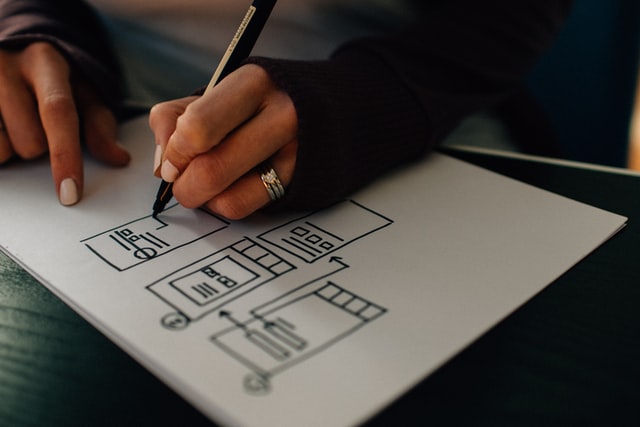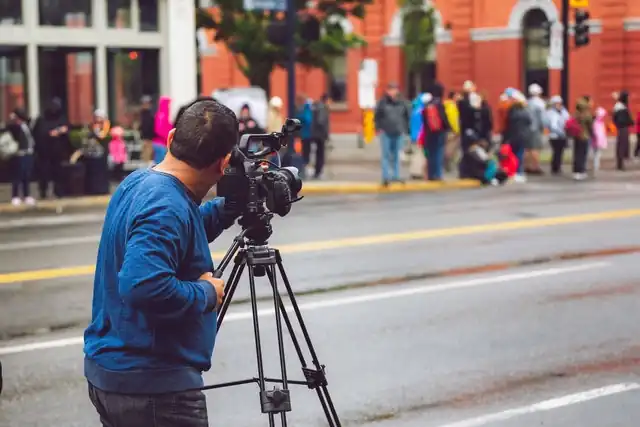I find it difficult to find a website that doesn’t look and function like other websites that I have used. The right side of my brain usually reacts to this recognition with indignation over the lack of originality. The left side of my brain responds to my right side by explaining to it that if every website were original then people would constantly be trying to figure out how to use them. There are no experts on what is a great website. And most people don’t know what the next great website is because they haven’t imagined or experienced it.
Perhaps you would like a website that can create a psychic link with your brain, and you could command it to do whatever you wanted it to just by thinking. Or perhaps that psychic link would freak you out, and you would perceive it as a radical breach of privacy.
How Does Navigation Make a Website Special?
The first thing you ought to think about when you’re designing a site is how your users are going to move around within it. No matter how good a site looks, if people can’t find what they’re looking for then they’re going to get irritated.
The total size of a website can have a significant influence on this. Even if your menu is well designed, it may be difficult for users to find their way around because they have too many things to look through. It’s not enough to create a menu that is easily accessible. You need to use intuitive keywords and language, and you need to do it in a way that is concise. It isn’t well enough that you have provided a resource if it requires the user to become exhausted looking through stuff that they’re not looking for.
How Do Looks Make a Website Special?
Looks are tough because they’re really subjective. Looks are related to content and layout and the responsiveness of the site to the different browsing environments. Like navigation, a solution to improving the look of a site is to remember that less is more. The quest for originality will often pressure us into believing that it is necessary to increase the volume of content on any given page to provide more than our competitors. But sometimes it’s better to focus on some fundamental differences in appearance and let those be the voice of your site.
Originality
A website is a finite vehicle of expression. If a person is writing a book, they realize that how the book is written and what it is about is what makes it original. The writing inside the book is analogous to the content of a website. And how the book is bound and what kind of paper it is printed on is analogous to the features and layout of a site. But features and layout have more versatility than binding and paper.
Features and Layout have to coordinate with the content. Features and layout are developed slow and are prone to problems. Content can be developed comparatively quickly. The features and layout need to designed with the growth of content in mind. And new features should be added when the addition of content is no longer an adequate expression of the site’s purpose.

